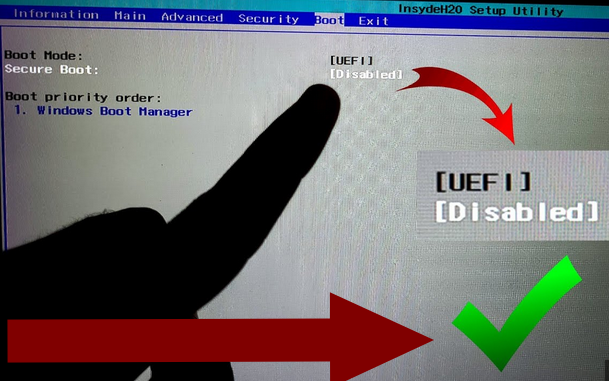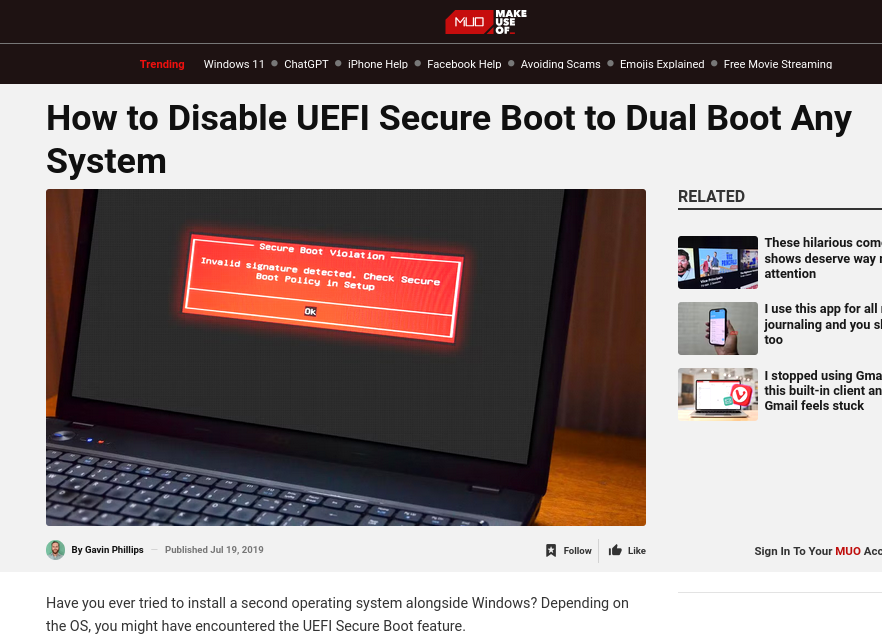10 Reasons to Disable (or Enable) UEFI Secure Boot
Now is a fine time to leave "Secure Boot" behind, even if you never quite noticed it was there in the background, waiting to cause unnecessary trouble.
Why set it to "Disabled":
- Stop participating in the lock-down dynamics (the trajectory of computing in general going/moving towards "appliances" hostile to their purchasers)
- Reduce risk of being locked out
- Send a message to vendors (like game makers) that rootkits and attestation are widely viewed as unacceptable
- Protect the real meaning of the word "secure"
- Prevent any more damage done by Microsoft [1, 2]
Why set it to "Enabled":
- Satire: Boast to friends about how "modern" your machine is
- Satire: Tell the boss the servers and laptops are all "secure"
- Satire: Appease IBM for "blue points"
- Satire: Take some time offline (outdoor time, smell/touch the grass) when UEFI "protects you" from a vendor's technical incompetence, refusing to boot your system
- Satire: Default settings are always best; trust corporations
Tomorrow the "trusted corporation" Microsoft will see a certificate expire; its own staff knows it'll do damage to GNU/Linux users just when the platform is gaining ground worldwide. █


